
These are a few of the many pictures of Natalia Osipova. Osipova was born in 1986; she is only 24 years old today. She studied at the Moscow Choreographic Academy under Marina Kotova and Marina Leonova for 8 years. In 2003, she won the "Grand Prix" in the International Ballet Competition, with dances from La Bayadere, Don Quixote, Esmeralda, Pas de Deux by Tchaikovsky, and Liturgy by Yegor Druzhinin.
When she graduated from the Academy, Osipova joined the Bolshoi Ballet. She was almost immediately given solo parts. During her first year, she performed she a peasant Pas de Deux in Giselle. Later in November, she was a leading dancer in Alexei Ratmanski's production of Bolero.
Solo roles such as the Spanish Bride from Swan Lake, The Spanish Dancer from the Nutcracker, and the Grand Pas from Don Quixote accent her gracefulness, she also performed smaller roles such as Mustard Seed from A Midsummer Night's Dream and the Cancan soloist from Gaite Parisienne.
Osipova has been touring with Bolshoi Ballet, and has performed in New York, Washington, London, Tokyo, Copenhagen, Brussels, Monte Carlo, Baden-Baden, Munich, Milan, Turin, and Paris, along with many others. Once, while performing in Russia, the audience was so thrilled with her performance, she was asked to repeat the fouettes.
In May 2010, she was promoted to Principal Dancer in the Bolshoi Ballet Theatre.







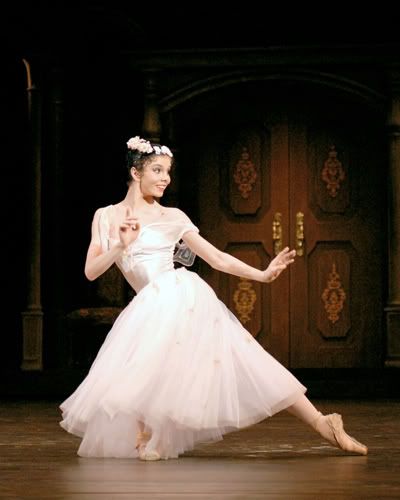













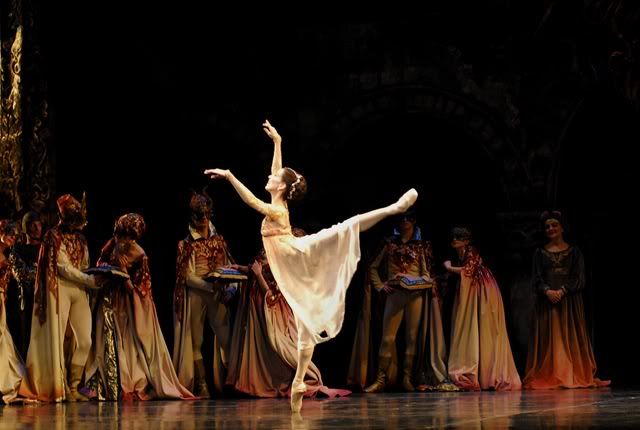



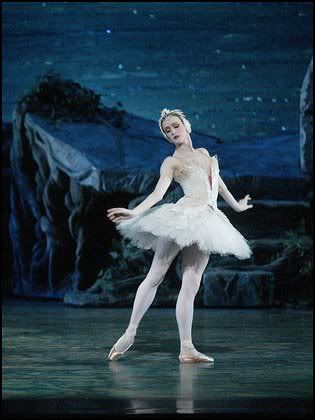









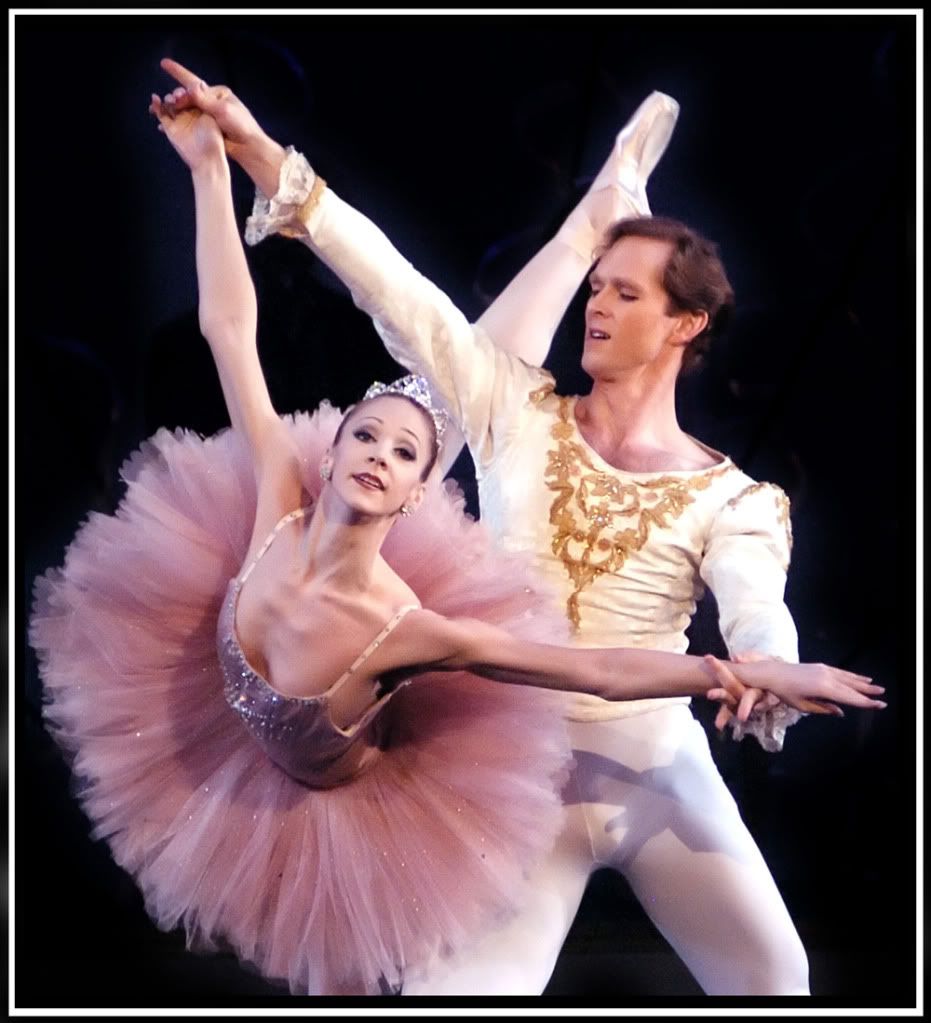

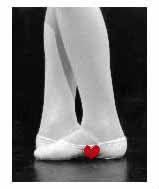






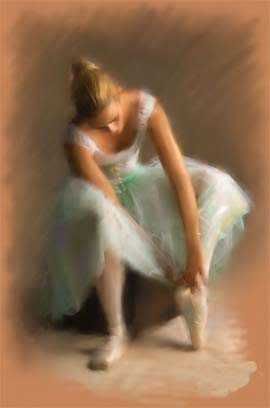

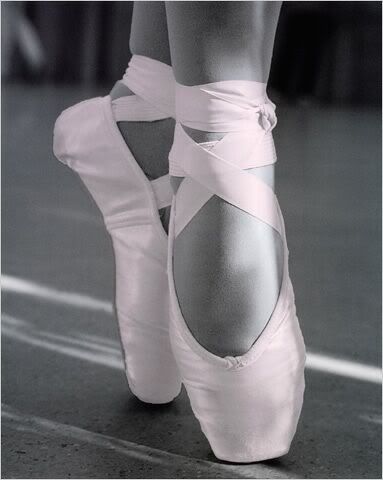





 This is a very basic position, and is used frequently. Stand strait in "6th" position. This is when your feet are together and your toes are pointing to the front of you. Then, in one quick motion, take your toes to the side as far as you can. Don't scoot your toes back more afterwards, this will damage your knees. As you advance in ballet, you will become more and more turned out in the legs. Your arms are as simple as the feet, low and curved gently.
This is a very basic position, and is used frequently. Stand strait in "6th" position. This is when your feet are together and your toes are pointing to the front of you. Then, in one quick motion, take your toes to the side as far as you can. Don't scoot your toes back more afterwards, this will damage your knees. As you advance in ballet, you will become more and more turned out in the legs. Your arms are as simple as the feet, low and curved gently.







